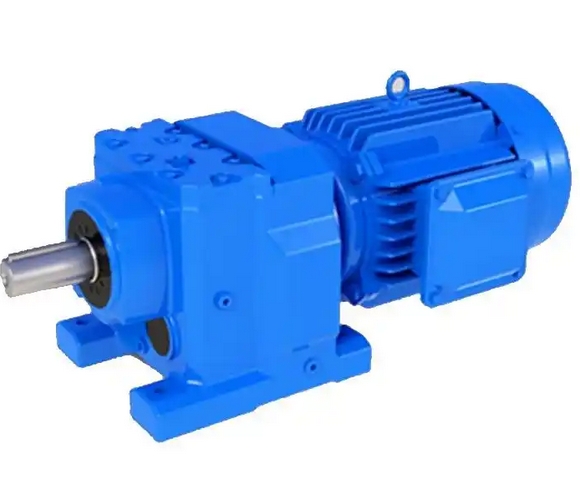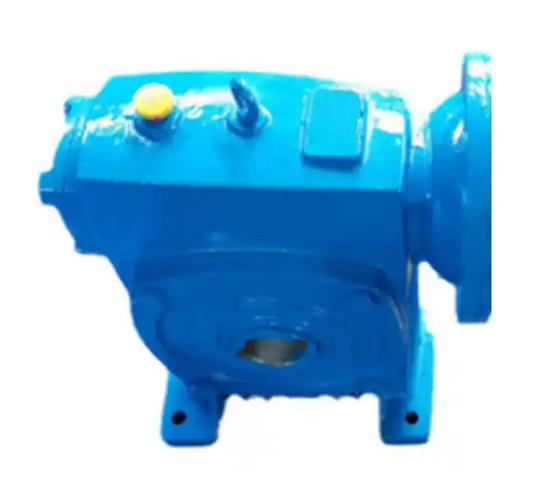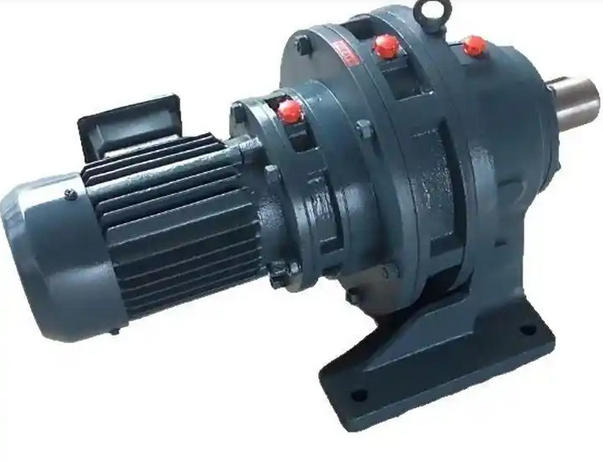How to effectively reduce the oil pool temperature of the R87RF58-1037-0.18KW reducer
To effectively reduce the oil tank temperature of R87RF58-1037-0.18KW reducer, the following aspects can be taken into consideration:Improve lubrication conditions
Choose the appropriate lubricating oil: Based on the working conditions and performance requirements of the gearbox, choose lubricating oil with good lubrication performance, thermal stability, and oxidation resistance. For example, for reducers working in high-temperature environments, high-temperature resistant synthetic lubricants can be selected.

Regular inspection and replacement of lubricating oil: Regularly observe the oil level of lubricating oil, replenish lubricating oil in a timely manner, and ensure sufficient oil in the oil tank. At the same time, check whether the oil quality is clear, free of impurities or sediment. If the oil quality deteriorates or expires, it should be replaced with new oil in a timely manner.
Strengthen heat dissipation measures
Install cooling fan: Add a fan to the reducer for forced air cooling, and reduce the temperature by ventilating the heat exchanger. This method is simple and effective, and is suitable for various types of reducers.
Adopting oil or water cooling system: If the gearbox has high power, heavy load, or high working environment temperature, it may be considered to install a dedicated oil or water cooling system. The oil cooling system cools the lubricating oil by sending it into a heat exchanger, and then returns it to the gearbox for circulation; The water cooling system is achieved by installing a water cooling pipeline outside the reducer, connecting the circulating water to the reducer through the pipeline and radiator, and cooling the reducer.
Adding heat dissipation fins: Adding heat dissipation ribs outside the box can increase the heat dissipation area, improve heat dissipation efficiency, and help the gearbox dissipate heat better.
Optimize operating conditions
Avoid overload operation: Use the reducer according to the manufacturer's recommended load to avoid long-term overload operation, which can cause excessive wear of the internal components of the reducer and generate a large amount of heat.
Reduce frequent starting and braking: Frequent starting and braking can generate a large amount of heat in the motor and gearbox, and this situation should be minimized as much as possible. If possible, devices such as frequency converters can be used to adjust the operating speed of motors and reducers to reduce heat generation.
Strengthen daily maintenance
Cleaning the surface of the reducer: Regularly clean the dust and dirt on the surface of the reducer, maintain good heat dissipation conditions, and avoid the accumulation of dust and dirt affecting the heat dissipation effect.
Check the cooling system: If the gearbox is equipped with cooling devices such as cooling fans, oil coolers, water coolers, etc., these cooling devices should be regularly checked for normal operation, blockage, or leakage to ensure good performance of the cooling system.
Check mechanical components: Regularly inspect the wear of mechanical components such as gears and bearings, and replace severely worn components in a timely manner to reduce friction and heat generation. At the same time, check the alignment between the reducer and the driving equipment to ensure good alignment and avoid additional stress on components such as gears and bearings due to poor alignment, which may increase internal friction.



